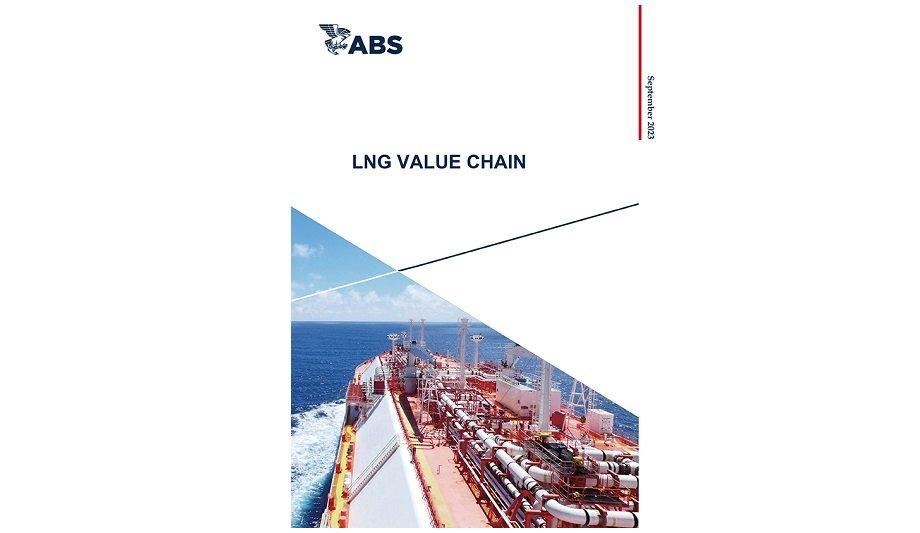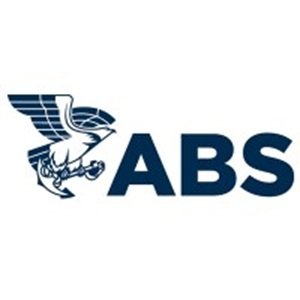The upstream, midstream, and downstream operations of the LNG value chain are analysed along with the latest trends and innovations in an industry-pioneerng new publication from ABS.
Examining the LNG Value Chain explores the intricate production, distribution, transport, and supply systems of the liquefied natural gas industry.
LNG value chain
“LNG is already playing a pioneering role in the energy transition and is the fuel of choice for many owners ordering vessels making a useful contribution to improving their Carbon Intensity Indicator (CII) trajectory,” said Christopher J. Wiernicki, ABS Chairman and CEO.
He adds, "The LNG value chain is the subject of significant global investment and has to respond dynamically to geopolitical drivers that change the calculus in terms of demand and supply as well as new technologies and regulation. Understanding these shapers and the shifting landscape of the industry is increasingly critical for maritime operators."
Addressing different factors
The paper addresses environmental factors, regulatory frameworks, and efforts to mitigate emissions
In addition to operational insights, the comprehensive paper addresses environmental factors, regulatory frameworks, and efforts to eliminate or mitigate emissions.
The market realities, with a growing LNGC fleet, expanding order book, and contracts shaping the market, are also analysed. Finally, the societal perspective is considered, acknowledging how the LNG value chain influences livelihoods and economies worldwide.
Cleaner and sustainable alternative
“LNG has emerged as a transformative force in the global energy landscape, offering a cleaner and more sustainable alternative to conventional fossil fuels. ABS is proud to offer our industry-leading experience and research in this new report,” said Panos Koutsourakis, ABS Vice President of Global Sustainability.
He adds, "By providing our insight into the ever-evolving shipping industry, exploring new technology trends and the gray, blue, green classification of LNG, we aim to shed light on the significance of LNG as a vital pillar of the global energy transition."













